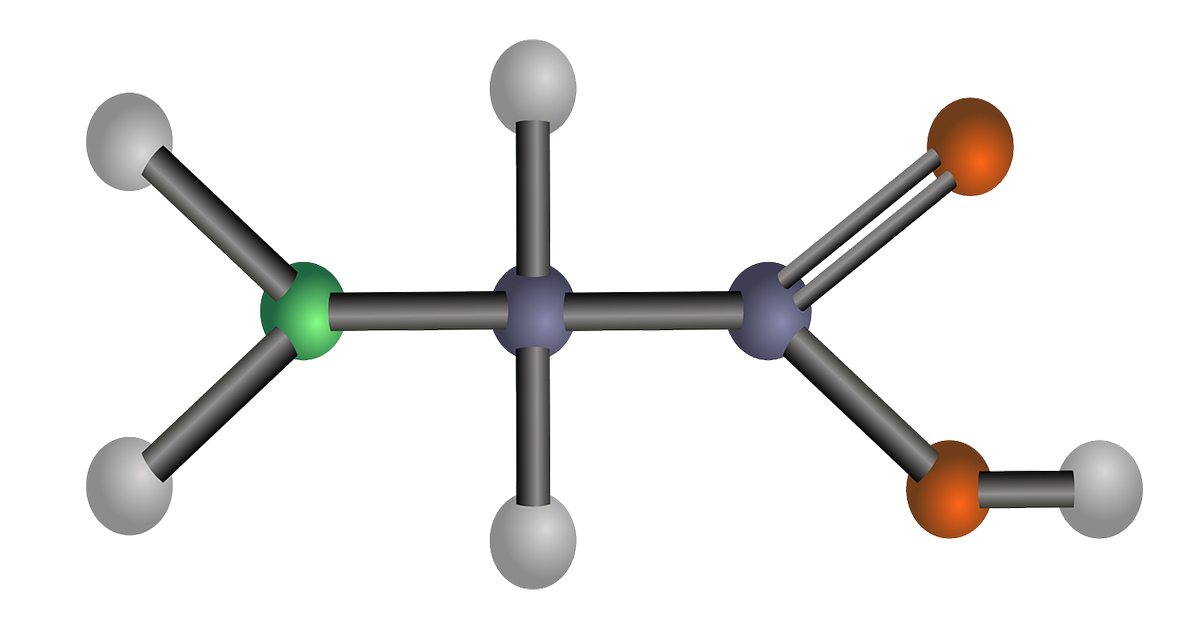Month: June 2012

Higher Risk of Mesothelioma Among Workers at Chlorine Chemical Plant, Study Finds
A new study published in June issue of the American Journal of Industrial Medicine reports excessive rates of pleural mesothelioma and bladder cancer among workers at a major chlorine chemical plant in France. Pleural Mesothelioma is an aggressive cancer of the lining of the lungs associated with exposure to asbestos.
The study, performed by French researchers in Grenoble, France, analyzed the incidence of tumors from 1979 to 2002 among 2,742 men who worked at the chlorine plant. The study found an significant excess of mesothelioma tumors among workers hired before 1964.
France now bans asbestos because it’s a known cause of cancer, including pleural mesothelioma, peritoneal mesothelioma and lung cancer. But for many years, asbestos was used in the diaphragm-cell process of making chlorine. Asbestos is still used in chlorine manufacturing plants in the U.S. Workers may be exposed to asbestos when transporting sacks of asbestos or when cutting open and emptying sacks of asbestos into mixing tanks. The handling of the empty sack also presented an exposure hazard.
Unlike France, asbestos is not banned in the United States, though its use has dropped significantly since its peak in the 1970s. But the chlorine manufacturing industry remains a significant consumer of asbestos in the U.S. Many older chlorine plants in the U.S. use asbestos diaphragms and gaskets as part of the production process, putting workers at risk of exposure to asbestos. Some have converted their chlorine manufacturing processes to more environmentally friendly, safer technology that do not use asbestos.
According to the 2012 United State Geological Survey of mineral commodities, U.S. industries consumed 1,100 metric tons of asbestos from January through July 2011. The chlorine manufacturing industry, which uses asbestos diaphragms in the manufacturing of industrial chemicals, accounted for about 30 percent of asbestos consumption, the report said.
As a result of past asbestos use in the U.S., Americans are now dying from asbestos cancers and asbestosis, a chronic scarring of the lungs, at the rate of 10,000 people per year, according to Barry Castleman, an environmental and public health consultant who testified before the U.S. Senate Environmental and Public Works Committee in June 2007.
Symptoms of mesothelioma typically take 20 to 50 years to appear after workers inhale microscopic asbestos fibers. Many workers exposed to asbestos in the 1960s or 1970s may only recently have begun noticing symptoms such as pain beneath the ribs or shortness of breath or only been diagnosed with mesothelioma or asbestos disease.
For more information about mesothelioma, click here.

Belluck & Fox Defeats Challenge to New York Mesothelioma Verdict
New York, NY, May 26, 2012 — A recent ruling by the New York Court of Appeals has upheld a $1.5 million asbestos verdict obtained by the New York mesothelioma lawyers of Belluck & Fox, LLP, including the landmark finding by the jury that the defendant, Fisher Controls International, LLC, acted with a reckless disregard towards the safety of the plaintiff, Ronald Drabczyk.
The case is Drabczyk v. Fisher Controls International, LLC (Erie County Index No. 2005/1583).
Drabczyk, died from his exposure to asbestos in Buffalo, NY in 2005. Despite only being assessed a small percentage of fault, the finding that Fisher was reckless means it is liable for the entire judgment under New York law.
In the May 8 court order, the Court of Appeals denied a motion that had been filed by Fisher, seeking to set aside the reckless disregard finding made by an Erie County jury in October 2009.
In declining to address Fisher’s motion, the Court of Appeals also declined to address arguments made by Crane Co., another valve manufacturer who had filed a brief in support of Fisher and pleaded with the Court of Appeals to decide an issue that could have benefited both Fisher and Crane Co. in future asbestos cases.
The Court of Appeals’ ruling upholds the jury’s finding that Fisher had acted with a reckless disregard for the man’s safety.
As a result of the reckless misconduct finding, under New York law, the Iowa-based valve manufacturer is liable for the full $1.5 million amount of the judgment (reduced by settlements received by the plaintiff from other parties).
“This is the first asbestos verdict in the country against Fisher for injury resulting from exposure to asbestos in Fisher products,” said Seth Dymond, a New York mesothelioma attorney and a Belluck & Fox, LLP partner who handled the appeal for the law firm.
“This verdict reaffirms that corporations that fail to warn workers of known dangers in their products will be held fully accountable for the damage they cause,” Dymond said. “And if they act with a reckless disregard for workers’ safety, they will be responsible for the full weight of the verdict under the laws of the State of New York no matter their percentage of fault.”
According to court documents, Mr. Drabczyk had worked at the Hooker Chemical plant in Niagara Falls, NY, from 1970 to 1996. He repaired and refurbished valves sold by Fisher, which is a subsidiary of St. Louis-based Emerson Electric Co. More than half of the valves that Fisher sold to the repairman’s employer contained asbestos. Further, Fisher supplied asbestos-containing replacement parts to the plant for use in its valves that further exposed Mr. Drabczyk to lethal doses of asbestos.
According to Dymond, in October 2004, the valve repairman was diagnosed with mesothelioma, a cancer of the lining of the chest that is caused by exposure to asbestos. He filed the personal injury action in Erie County Supreme Court before he passed away in November 2005, just 13 months after his diagnosis.
After a four-week trial, the jury returned a verdict in October 2009, apportioning five percent of the liability for the man’s damages, including pain and suffering, to Fisher. The same jury found that Fisher had acted with reckless disregard for the man’s safety.
Under New York law, a defendant is only liable for its share of fault unless, among other factors, it is found to have acted recklessly. Once that finding is made, the defendant can be held liable for the full amount of damages.
Belluck & Fox, LLP partner Jordan Fox led the trial team that obtained the verdict and the judgment, which was entered in September 2010. Dymond handled the post-verdict litigation for the New York personal injury firm.
The Supreme Court of New York denied Fisher’s motion to set aside the verdict in July 2010. The Appellate Division, Fourth Judicial Department, affirmed in part in February 2012. The Court of Appeals’ May 8 ruling denied Fisher’s motion to review the case.
The ruling comes after two Belluck & Fox, LLP mesothelioma verdicts – a $32 million verdict in Dummitt v. A.W. Chesterton (No. 190196/10) and a $19.5 million verdict in Konstantin v. 630 Third Avenue Associates (No. 190134/10) – were listed among the top 10 New York verdicts of 2011.
Know more about mesothelioma.

Research Focuses on Treatments That Target Mesothelioma Tumors
For 15 years, Dr. Raffit Hassan, a clinical oncologist at the National Cancer Institute, has been researching the protein mesothelin and its use in the treatment of mesothelioma. Mesothelioma is a cancer of the lining of the chest cavity and abdomen associated with exposure to asbestos.
A protein, mesothelin is present in normal tissue. But certain types of malignant tumors including mesothelioma express high levels of the mesothelin, making it a useful target for tumor-specific drugs. The ultimate goal of the National Cancer Institute is to develop new treatments for mesothelioma and other forms of cancer.
“Mesothelioma is not a very common disease, but it’s a tumor for which we really need to develop a good treatment,” Dr. Hassan said during a recent teleconference sponsored by the Meso Foundation, which provides information, research funding and advocacy for mesothelioma victims.
The first drug targeting mesothelin that Hassan has studied in clinical trials involving mesothelioma patients was Amatuximab, an experimental drug developed by Morphotek, a Pennsylvania company that develops cancer treatments. The treatment is an immunotoxin,a human-made protein that is designed to bind to cancer tumor cells, then inject toxins to kill them.
“I have been working on the same project for 10 years,” Dr. Hassan said. “I think we are starting to see some good results.”
The drug has been through phase I and II clinical trials and the results will be presented this summer. It has not yet been approved by the Food and Drug Administration.
The researchers are evaluating whether the drug when combined with chemotherapy drugs is more effective at controlling mesothelioma.
“The results show the drug is safe and there is activity,” Hassan said. “To be really sure the drug benefits patients we’ll need to do a randomized clinical trial. That will be the next step.”
Approximately 3,000 people are diagnosed with malignant mesothelioma each year. Most are older workers, retired workers and veterans were exposed to asbestos dust in the workplace or during military service. Symptoms of mesothelioma typically take 20 to 40 years to appear. But the cancer is aggressive and more effective treatments are needed to control the disease and extend the lives of mesothelioma patients.
For more information about mesothelioma, click here.

Free Mesothelioma Patient & Treatment Guide
We’d like to offer you our in-depth guide, “A Patient’s Guide to Mesothelioma,” absolutely free of charge.
It contains a wealth of information and resources to help you better understand the condition, choose (and afford) appropriate treatment, and exercise your legal right to compensation.
Download Now